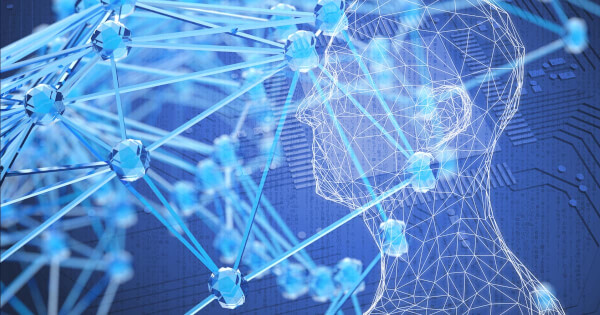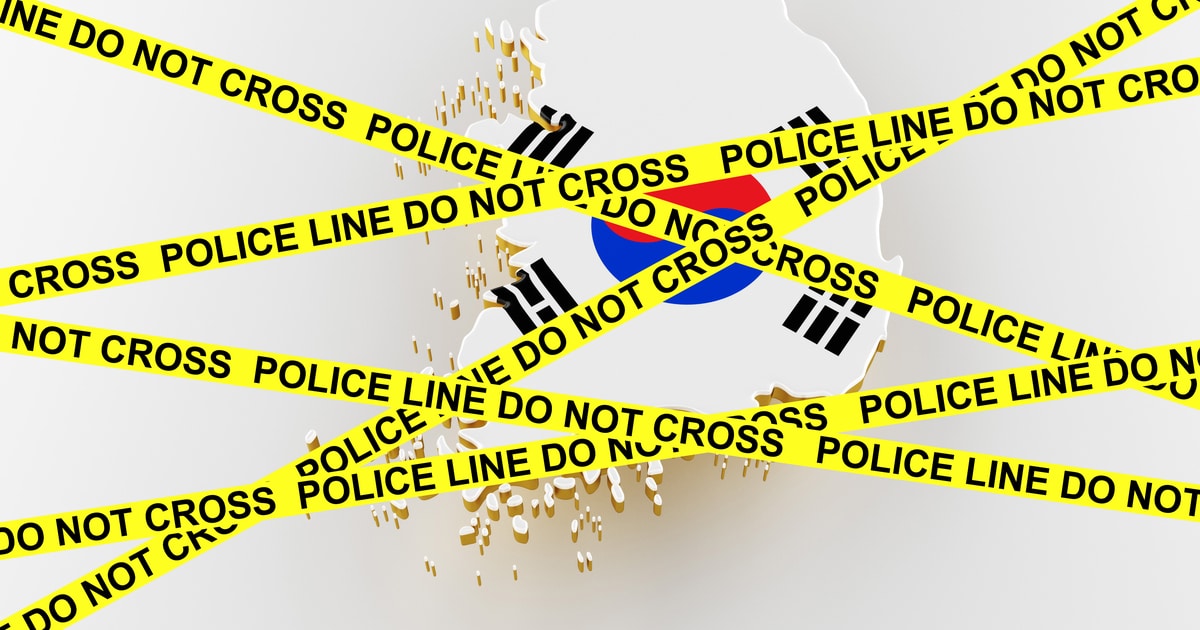UniPi: An AI revolution through text-based video policy creation

UniPi’s innovative AI approach combines text-based video generation and policy formulation, enabling widespread application in robotics and AI planning.
Researchers from prestigious institutions such as MIT, Google DeepMind, UC Berkeley, and Georgia Tech have made groundbreaking advances. A.I A new model called UniPi has been released. This new approach leverages text-based video generation to create universal policies that improve decision-making capabilities across a wide range of tasks and environments.
The UniPi model, emerging from the 37th Neural Information Processing Systems Conference (NeurIPS 2023), has the potential to revolutionize the way AI agents interpret and interact with their surroundings. This innovative method formulates the decision-making problem as a text-based video generation task. Here, the AI planner synthesizes future frames to depict planned actions based on given text encoding goals. meaning of this technology It could expand broadly and potentially impact robotics, automation systems, and AI-based strategic planning.
UniPi’s approach to policy generation offers several benefits, including combinatorial generalization, which allows AI to rearrange objects into new, unseen combinations based on their linguistic descriptions. This is a significant leap forward in multi-task learning and long-term planning, allowing AI to learn from a variety of tasks and generalize its knowledge to new tasks without additional fine-tuning.
One of the key elements of UniPi’s success is its use of pre-trained language embeddings, which, combined with the vast number of videos available on the Internet, enable unprecedented knowledge transfer. This process facilitates the prediction of highly realistic video plans, which is a critical step for the practical application of AI agents in real-world scenarios.
UniPi models have been rigorously tested in environments that demand a high degree of combinatorial generalization and adaptability. In a simulation environment, UniPi demonstrated the ability to understand and execute complex tasks specified by textual descriptions, such as arranging blocks in a specific pattern or manipulating objects to achieve a goal. These tasks, often difficult with traditional AI models, highlight UniPi’s potential to explore and manipulate the physical world at a level of proficiency previously unattainable.
Moreover, researchers’ approaches to general agent learning have a direct impact on real-world transfer. Through training on an Internet-scale pre-training dataset and a smaller-scale real robot dataset, UniPi demonstrated the ability to generate execution plans for robots that closely mimic human behavior. This leap in AI performance suggests that UniPi could soon be at the forefront of robotics, capable of performing nuanced tasks with a level of dexterity similar to that of human operators.
The impact of UniPi research could extend to a variety of sectors, including manufacturing, where robots can learn to handle complex assembly tasks, and service industries, where AI can provide personalized support. Additionally, its ability to learn from a variety of environments and tasks makes it a prime candidate for application in autonomous vehicles and drones, where adaptability and rapid learning are paramount.
As the field of AI continues to advance, UniPi’s work demonstrates the power of combining language, vision, and decision-making in machine learning. Although challenges remain, such as the slow process of video diffusion and adaptation to a partially observable environment, the future of AI looks brighter with the advent of text-based video policy generation. UniPi not only pushes the boundaries of what is possible, but also paves the way for AI systems that can truly understand and interact with the world in a human-like way.
In conclusion, UniPi represents an important step forward in developing AI agents that can generalize and adapt to a variety of tasks. As the technology matures, it is expected to be adopted across a variety of industries, heralding a new era of intelligent automation.
Image source: Shutterstock



